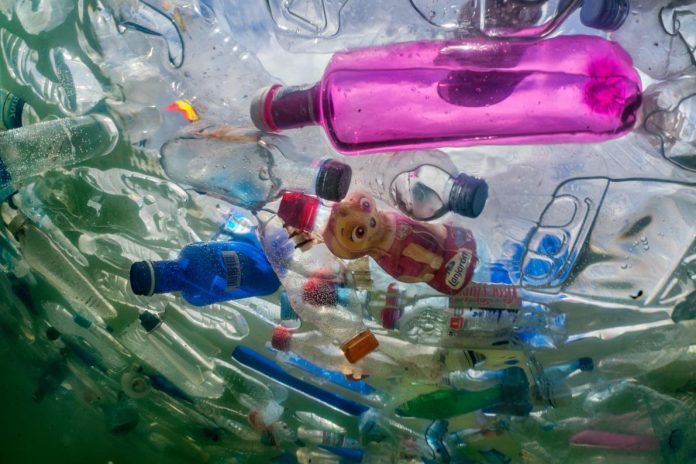Researchers from the Northwestern University of the United States have found a new solution to combat a growing problem with plastic pollution. They identified the bacterium that lives in wastewater capable of destroying polyethylene terephthalate (PET), one of the most persistent and problematic plastics.
Lyudmila Aristilda, a leader of the study published in Environmental Science & Technology , stated: "We first showed that the bacterium can take plastic material, spoil it, fragment, split and use it as a carbon source." She also emphasized the identification of a key enzyme responsible for the process of destruction of plastic materials, which can be optimized to solve the problem of contamination.
The researchers' team found the bacterium of Commonas testosteri , which is located in urban reservoirs and wastewater, and which is able to eat plastic waste. The process of decomposition of plastic is due to the combination of physical and biochemical mechanisms. First, the bacterium crushes plastic and then activates the enzyme, which helps to decompose, allowing the bacteria to absorb carbon atoms.
The researchers used a combination of theoretical and experimental methods to distinguish bacteria from wastewater and grow them on PET substrates. They carefully studied the changes on the surface of the plastic, as well as analyzed water for signs of degradation and the presence of nanoplasty.
Aristilde said: "In the presence of the bacteria, the microplastic split into small nanoparticles. We found that the bacterium has a congenital ability to spread plastic to monomers that can be used as a carbon source for growth." The team of scientists has identified a specific enzyme that uses the bacterium to decompose PET, emphasizing that nanoplastic can also be formed in processes on treatment plants.
This discovery can lead to new ways to clean reservoirs from plastic waste, based on biological processes. Plastic contamination is a global problem, and scientists have also recently discovered microplastic in the olfactory center of the human brain, pointing to the possibility of a large number of these particles in the body, which requires further research.


